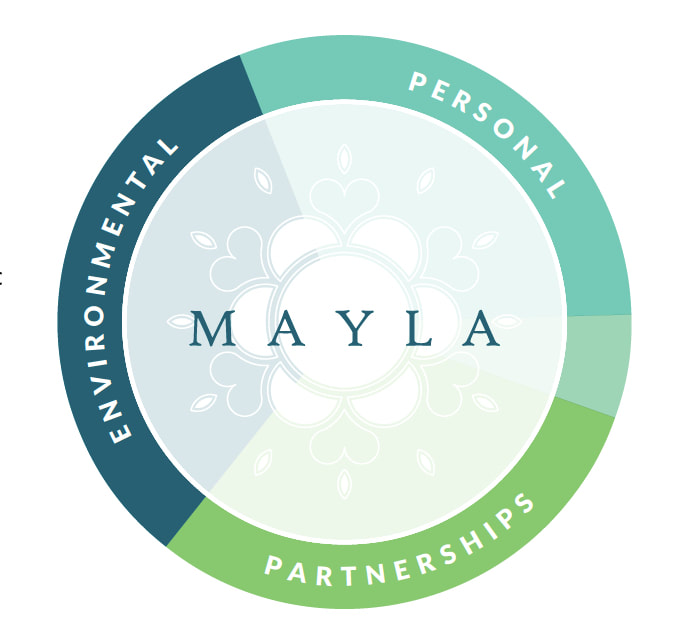We can do so much more together.
Mayla means community or gathering in Sanskrit. In an era of disconnection, we believe that the best way to thrive is to create and celebrate community across difference. Storytelling is one of the best ways to create threads of connection between people, perspectives, and places.
Our blog (Curating Hope) is where we gather personal stories about the people who protect nature. Our events (Thrive) provide opportunities to take care of ourselves, each other, and our planet. We gather ideas about nature and community (Illuminate). We intend to highlight opportunities for mentoring and reciprocity with storytelling at its heart (Inspire). We have worked with organizations to expand and strengthen the environmental field by making it more inclusive, diverse, equitable, and just (Who Belongs?).
We are growing community. We are just getting started.
Mayla means community or gathering in Sanskrit. In an era of disconnection, we believe that the best way to thrive is to create and celebrate community across difference. Storytelling is one of the best ways to create threads of connection between people, perspectives, and places.
Our blog (Curating Hope) is where we gather personal stories about the people who protect nature. Our events (Thrive) provide opportunities to take care of ourselves, each other, and our planet. We gather ideas about nature and community (Illuminate). We intend to highlight opportunities for mentoring and reciprocity with storytelling at its heart (Inspire). We have worked with organizations to expand and strengthen the environmental field by making it more inclusive, diverse, equitable, and just (Who Belongs?).
We are growing community. We are just getting started.

